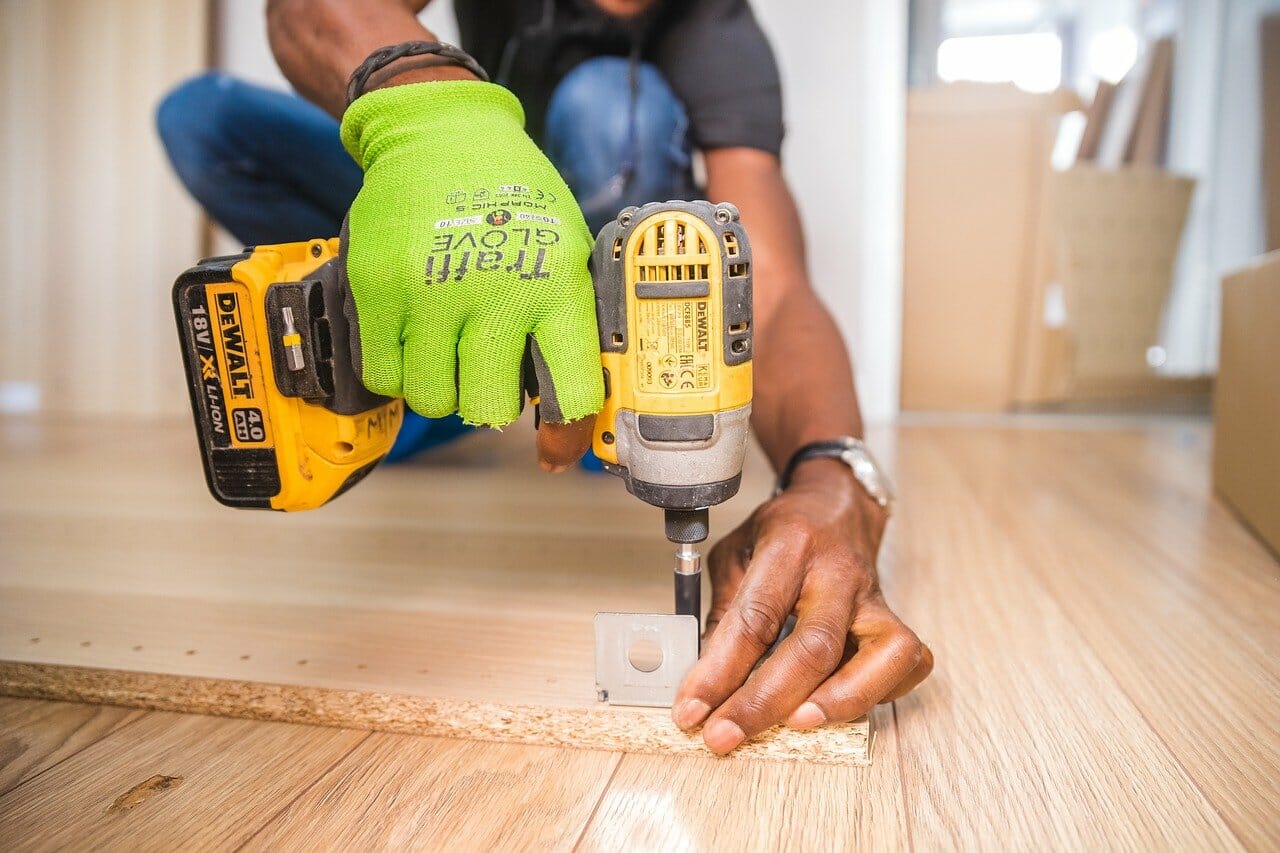The advent of 3D printing technology has made it easy to produce parts or products with consistent finish and precision. These parts or products are made from high-quality materials that are easy to drill. However, the tool you use should be integral for the job and deliver the best results.
Drill bits are the best tools to make small or big holes in different materials. Soft or low-carbon stainless steel is cost-effective to drill common materials. High-speed steel can drill metal, plastic, hardwood, and most other materials. Cobalt drill bit can make holes through steel and other metals and even more rigid materials used in masonry.
Figuring out which bit is best for your project can be tricky and should be best left to the experts. You know the material required to drill with a specific bit but don’t know the 3D print service to choose. A professional will provide the necessary information about selecting drill bits and help determine the best one.
How the Right Drill Bit Size Helps Choose the Right Bits
Drill bit construction and distinctive features define the different types in the market. The angle of the point makes it easy to determine what kind of material the bit can drill. Drill bits for harder materials with 135-degree angles come with flatter points. However, you have to make a pilot hole to prevent the bit from drifting.
While bits with steeper points with 118-degree angles are exceptional softer material. They are designed to stay at the center better and create exit holes consistently. You can also decide to go for bits with split-point tips that help improve drilling accuracy and efficiency. The bit will not wander when you start the whole drilling process.
The drill bit sizes reflect or match the thickness or width of its body. When undertaking specific projects, you will need a precise size bit. Standard drill bit size, whether metric, wire gauge, or fractional inch vary, but you have to find the right ones for the project at hand. The standard metric drill bit size will differ on the list charts and in diameter.
Drill bit size will vary, and you can choose what suits your project. For instance, 1/64-inch, 1,32-inch, 1/16 inch, 5/64 inch, 3/32 inch, 7/64/ or 1. /8 inch, depending on your preferences. With this in mind, you can go ahead and figure the type of drill bit to choose. The common types of drill bits to opt for include:
Auger Drill Bit- This bit is designed for wood and features a large flute to remove materials while drilling.
Countersink bit– The model is the best choice for drilling wood, and the bit changes sizes from narrow to wide.
Brad point bit-This bit is an excellent choice for wood and has large flutes to remove materials as it drills.
Glass bit-It is widely used for tile and glass drilling, and it is large enough to make accurate holes.
Metal drill bit– This drill bit is used for metal and can also be used on other materials.
To Sum Up
When selecting the best drill bit, there are many factors to consider. You may have a number of these factors at your fingertips, but choosing the right drill bit size will make the whole pursuit less taxing. Drill bit shapes and sizes vary, and you should choose ones that match the diameter or structure of the type you choose. If stuck, it is wise always to seek professional assistance.




